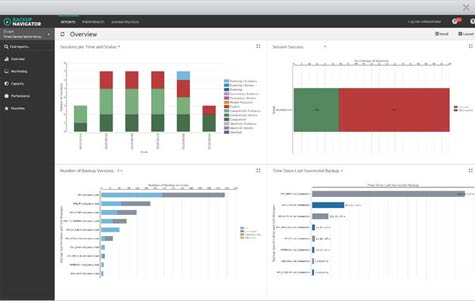Any repetitive IT task that requires IT organizations to detect patterns within a massive amount of data is now generally subject to being automated. With that in mind, Hewlett-Packard Enterprise (HPE) has been applying Big Data analytics to multiple forms of data protection.
The launch of HPE Backup and Recovery Suite brings all HPE data protection offerings together under a common analytics framework as part of an effort to first identify bottlenecks in the process, make recommendations on how to fix scheduling conflicts, and ultimately eliminate the amount of IT intervention currently required to complete them.
In addition, Stephen Spellicy, vice president of product management for information management and governance, says HPE is now providing a “what-if” capability that allows IT administrators to model different data protection strategies before implementing them.
As the amount of data that is distributed across multiple data centers inside and outside of the traditional enterprise continues to rise, Spellicy says, data protection is becoming more difficult to implement. In addition, IT organizations are being asked to identify specific classes of sensitive data, such as credit card numbers or other forms of personally identifiable information (PII), that needs to be managed differently to meet compliance requirements, notes Spellicy.
To give IT organizations the context needed to automate data protection in a modern IT environment, HPE has been imbuing search engine and analytics technologies it gained with the acquisition of Autonomy into its data protection software. The Autonomy technology is now scheduled to be part of a spin-out that will result in the formation of a new Micro Focus entity that HPE owns a majority stake in.
Spellicy says that, over the long term, the goal is to automate data protection to the point where IT organizations can reallocate IT staff to more business-critical functions. That’s not to say data protection isn’t important, but it’s one of those IT tasks that machines employing advanced analytics and machine learning algorithms should be able to one day better handle.




